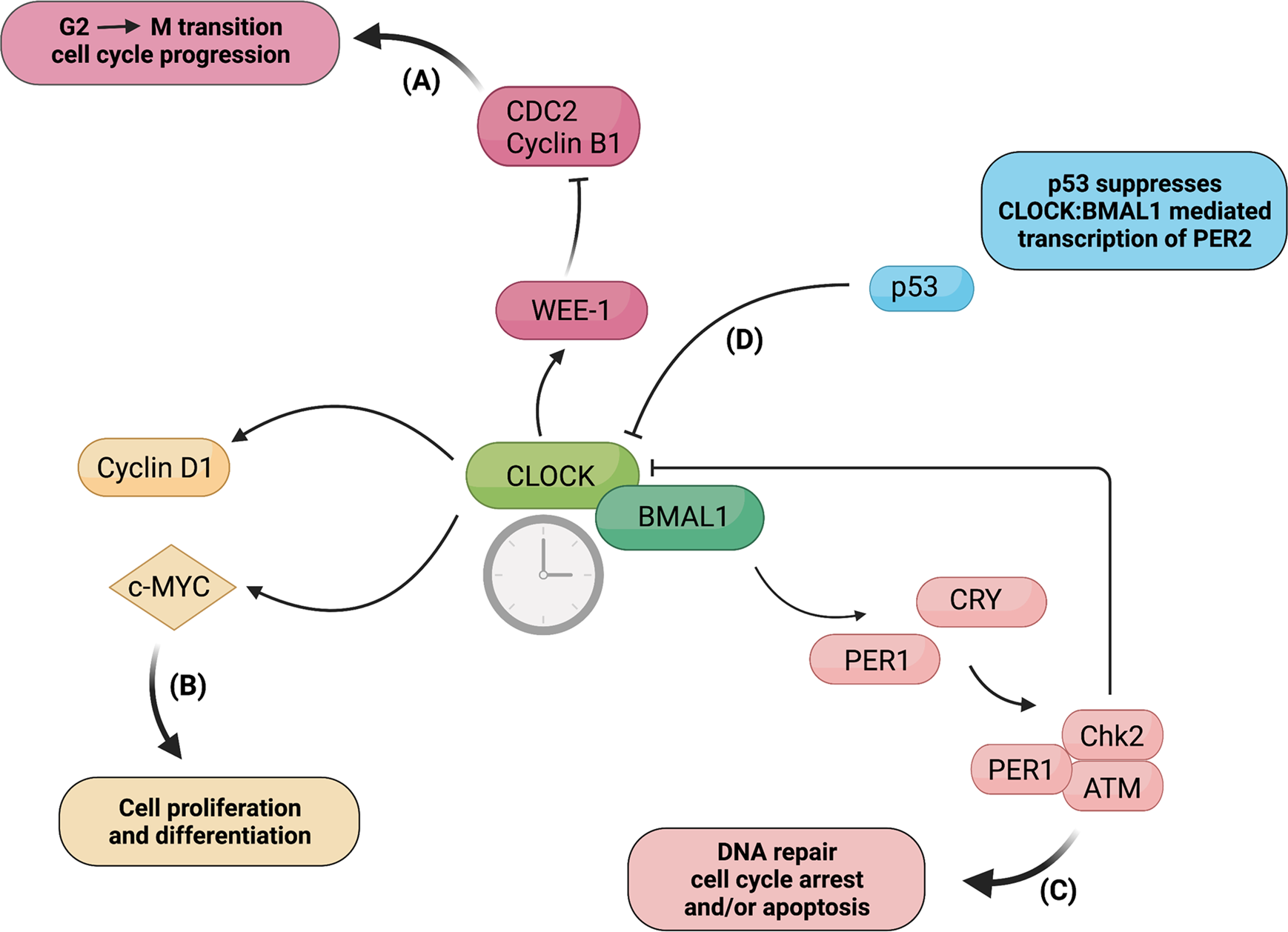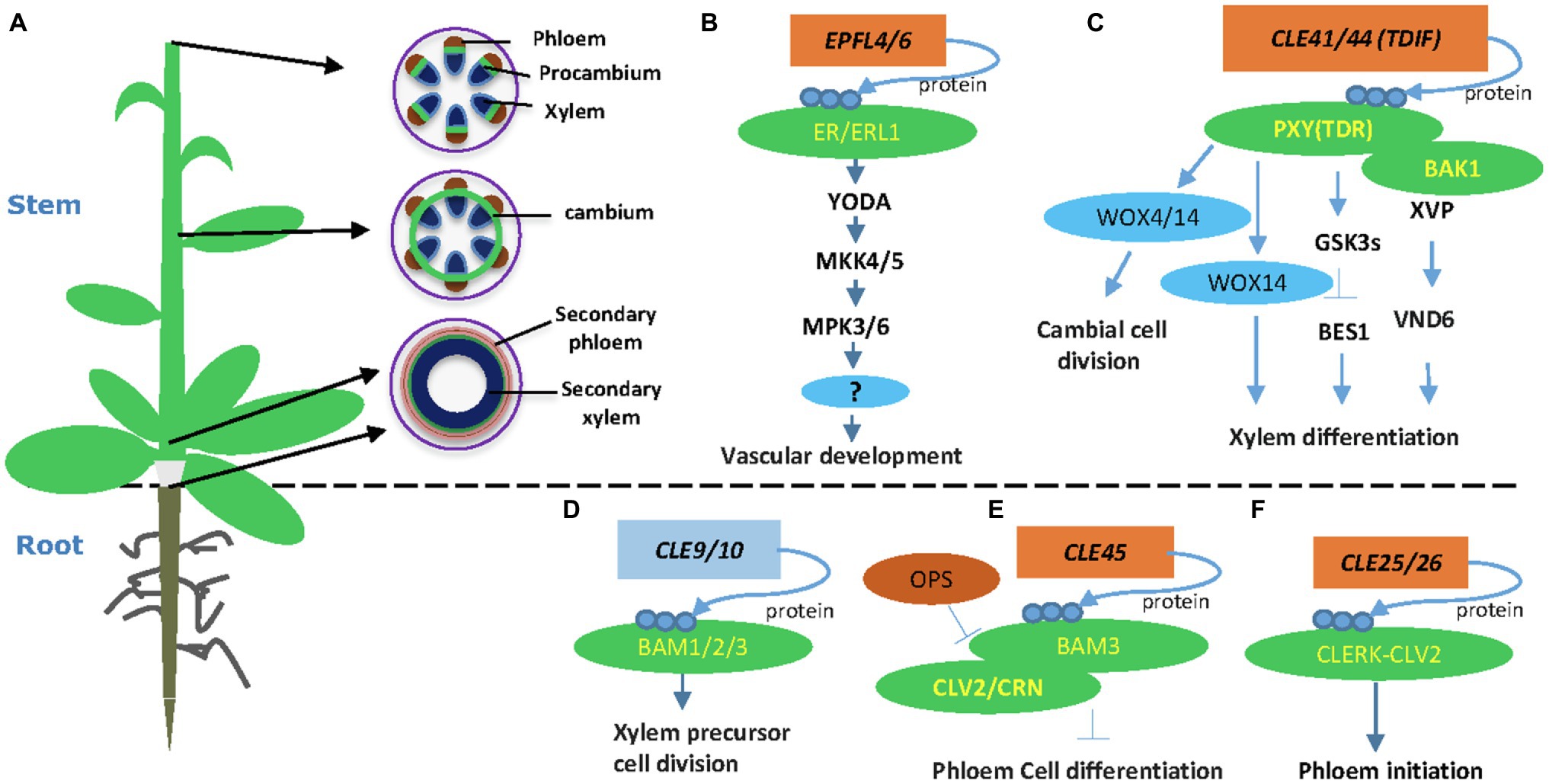

Two furrows invaded this cell, the furrow at the bottom constricted together with the furrow on the right, similar to the furrow in a mononucleate cell.

Scale bars: 10 µm.Ī link between formation of a typical cleavage furrow in a mononucleate cell and the unilateral furrows formed in multi-nucleate cells is provided by the binucleate cell shown in Fig. 3 and Movie 3. Time is indicated in seconds after the first frame. Entry of an actin-rich protrusion into a cleavage furrow is indicated in the 838 s frame by an arrowhead. Propagation and extinction of an actin wave in this cell is seen in the frames between 0 s and 102 s. (C) Disappearance of actin waves at the onset of mitosis. (B) Section of the cell shown in A, highlighting the left-most mitotic complex, in which one microtubule aster is connected with the cell border, the other with the substrate-attached cell surfaces. Cleavage furrows were initiated and progressed in the spaces between microtubule asters, independently of the presence or absence of a spindle in any of these spaces. The actin label was strong in protrusions formed in regions where microtubule asters contacted the cell border and also in the vicinity of the asters on the substrate-attached cell surface. (A) A cell containing six nuclei, the synchronous division of which is visualized by the tubulin label. The cells expressed mRFP–LimEΔ as a label for filamentous actin (red) and GFP-α-tubulin (green). Unilateral cleavage furrows in septase-null cells. Our data suggest that the myosin II-enriched area in multi-nucleate cells is a contractile sheet that pulls on the unilateral furrows and, in that way, expands them. This is particularly evident for expanding ring-shaped furrows that are formed in the centre of a large multi-nucleate cell. Unilateral furrows are distinguished from the contractile ring of a normal furrow by their expansion rather than constriction. When two furrows meet, they fuse, thus separating portions of the multi-nucleate cell from each other. Where these areas widen, the cleavage furrow may branch or expand.

Unilateral cleavage furrows are initiated at spaces free of microtubule asters and invade the cells along trails of cortexillin and myosin II accumulation. In multi-nucleate cells, these proteins decorate the entire cell cortex except circular zones around the centrosomes.

We use a septase (sepA)-null mutant with delayed cytokinesis to show that in anaphase a pattern is generated in the cell cortex of cortexillin and myosin II. In multi-nucleate cells of Dictyostelium, cytokinesis is performed by unilateral cleavage furrows that ingress the large cells from their border.


 0 kommentar(er)
0 kommentar(er)
